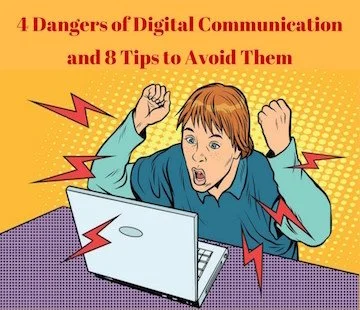It’s no surprise that we use email and text for so many of our communications. It’s often faster, it’s neater, and it can easily be saved for future reference without paper sifting and clutter. Digital communication allows us to send and reply at our own convenience. And you can communicate with several people at one time,
But there are also some serious dangers that, unless managed properly, will turn these advantages into a huge disadvantage.
Read More








